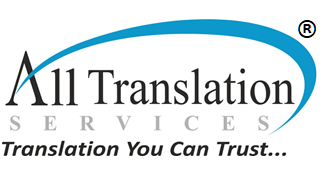The pitfalls of handling accents and dialects during translation
The translation is genuinely a tough nut to crack when dealing with various accents and dialects.
Although, the free software that allows you to perform translation will never be able to detect language norms in a source text. One hires a dedicated translation agency or any skilled expert to provide real solutions for this principle.
From classic literary translations to great films, everyone uses different accents to bring authenticity to their characters. It is the translator’s responsibility to reflect the writer or director’s vision; otherwise, the audience or the readers will fail to form an original vision of the roles stated.
However, along with the higher expectations of readers, a translator has to handle several pitfalls of accents and dialects while translating a document. Let’s read them from the article below.
Handling Dialects
Different regions mean different readers bring the responsibility of handling different dialects. There are always different idioms for different characters, such as Superman, James Bond, etc. Sometimes the nuances of some characters get lost while translating literature or roles in multiple languages.
In such cases, a translator adapts standardized language. It implies that all the roles will depict the standard version of the language, resulting in a loss of texture. Another way to address the issue can be using books to understand different idioms for different countries you are translating for.
A translator can also opt for non-standard spelling and vocabulary reflecting the idioms of original characters. Also, the expert can limit the number of using dialects. All of the cases will still risk balancing the authenticity of a character for the translator.
Tackling Accents
An accent is also as difficult as handling dialects for a translator. A user of Canada will find it difficult to understand a novel’s story if it has improperly translated accents. Many publishers or writers have claimed that it becomes challenging to translate the narrative voice of an original document.
Tackling accents can be demolishing for a translator, as they may translate misspelled while depicting the essence of the original accent.
Tips for handling accents and dialects in translation
1. Ensure your speech does not distract from the topic.
2. Research the idioms and expressions of other languages, say Cannada.
3. Practice the dialect and accent while translating.
Bottom-line
Dialects and accents are vital in portraying one’s character’s social standing in movies and classic literary translations. Often the originality of one’s role gets lost while transcribing the meaning of the source document and writing them in standardized linguistic form. It is not a cup of tea for everyone who wishes to translate a story into multiple languages; only a professional translator can get this right.
Thus, many business organizations hire skilled experts to communicate with their clients in a specific accent that is familiar to them. Communication with clients in their accents reassures them to understand the proposal more clearly.
Although, automated software does not stand in the competition. Hope the article has helped you understand the pitfalls of handling accents and dialects during translation.
